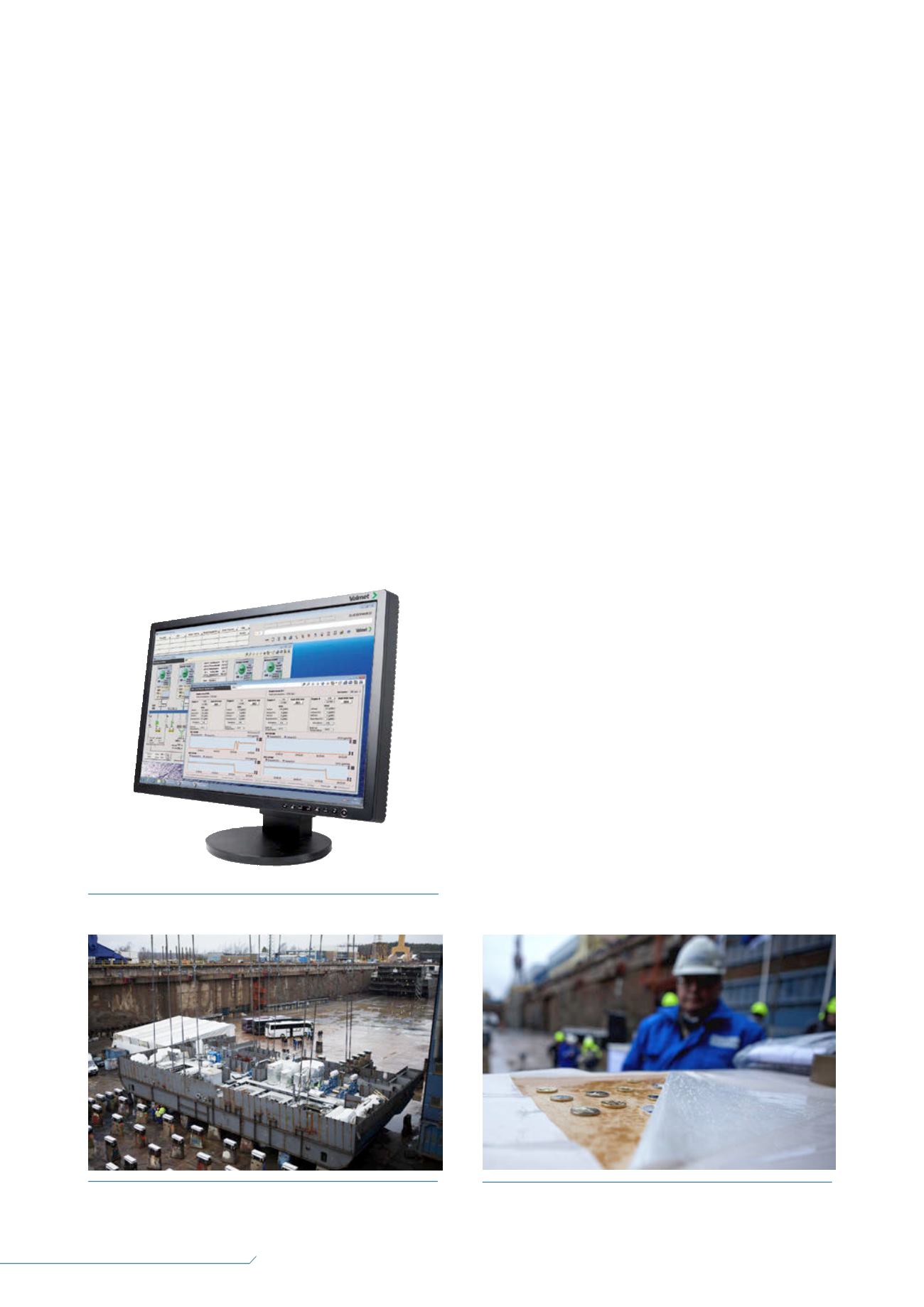
66
LNG
INDUSTRY
JULY
2016
Finland takes big step in
LNG ferry development
A significant new order was placed in late 2014 by the
passenger and cargo transportation service provider in the
Baltic Sea – Tallink. The company ordered a new-generation
fast ferry for its Tallinn-Helsinki route shuttle operations
between Estonia and Finland. Although it is primarily
intended to use LNG as fuel, it can also run on diesel.
Today, the group owns 15 vessels, operates on six routes
under the brand names of Tallink and Silja Line, and serves
approximately 9 million passengers annually.
The fast Tallink
Megastar
ferry will be 212 m long and
capable of accommodating a total of 2800 passengers.
Right from the start,
Megastar
will comply with the stricter
new emission requirements that will come into effect in
2020 for the Baltic Sea.
The vessel will be built in the Meyer Turku shipyard in
Turku, Finland. For Meyer Turku, this delivery to Tallink
represents the next step in the development of LNG-powered
ferries and marks a significant game changer in the industry.
Intelligent control for complex
LNG-fuelled vessels
An intelligent automation and safety system is needed
to manage a wide range of issues onboard, as well
as surrounding a vessel. For instance, the control
system has a key role to play in helping an LNG-fuelled
vessel comply with regulatory standards. In addition, it
must have the capability for advanced process control
to guarantee the vessel’s safety at sea, while ensuring
operational efficiency.
Integrated monitoring and control functions have long
been standard for passenger ships. Not only is automation
vital for the safety of crew members and passengers, its role
also includes the protection and management of all
processes and equipment that enable smooth operation at
sea, ultimately increasing the vessel’s profitability.
An intelligent automation solution covers more than just
setting up several systems onboard. There are numerous
parameters that have to be monitored and controlled on the
ship. Temperatures, pressures and fuel consumption,
together with machinery and equipment condition, are just
some of the control-critical parameters.
Dedicated engineering service
and support is key
When selecting the right automation partner, Tallink
considered a number of factors.
Valmet offered high quality, solid-state hard drive
computers without fan cooling, the ability to use multiple
monitors simultaneously and the possibility to use standard
monitors to help extend the operator station. The system
also comes with a data saving function that stores
information for up to one year, and can create trends and
provide quick access from the alarm list to the displays.
It is important that the service engineer understands the
ship’s specific systems and the importance of redundancy in
the automation system when dealing with busy passenger
traffic.
A powerful and fully
redundant control
The automation technology chosen for
Megastar
will be the
Valmet DNA distributed control system, which is a powerful
and fully redundant solution designed to handle the control
and monitoring needs of the entire vessel.
The automation will control and monitor the machinery
systems and the electric power management system, and
include an emergency shutdown (ESD) system. The latter is
a standalone solution based on the same Valmet DNA
platform.
Figure 1.
Valmet’s automation system technology.
Figure 3.
Coin laying ceremony for Tallink’s
Megastar
vessel.
Figure 2.
The keel laying ceremony for Tallink’s new fast ferry.


